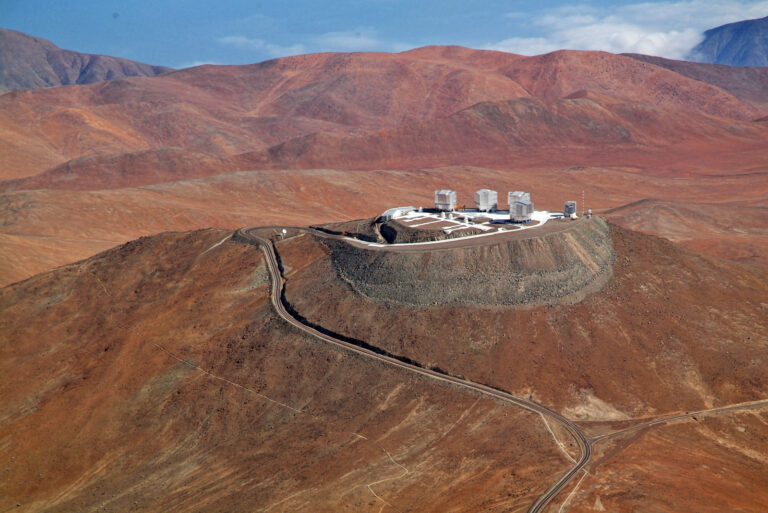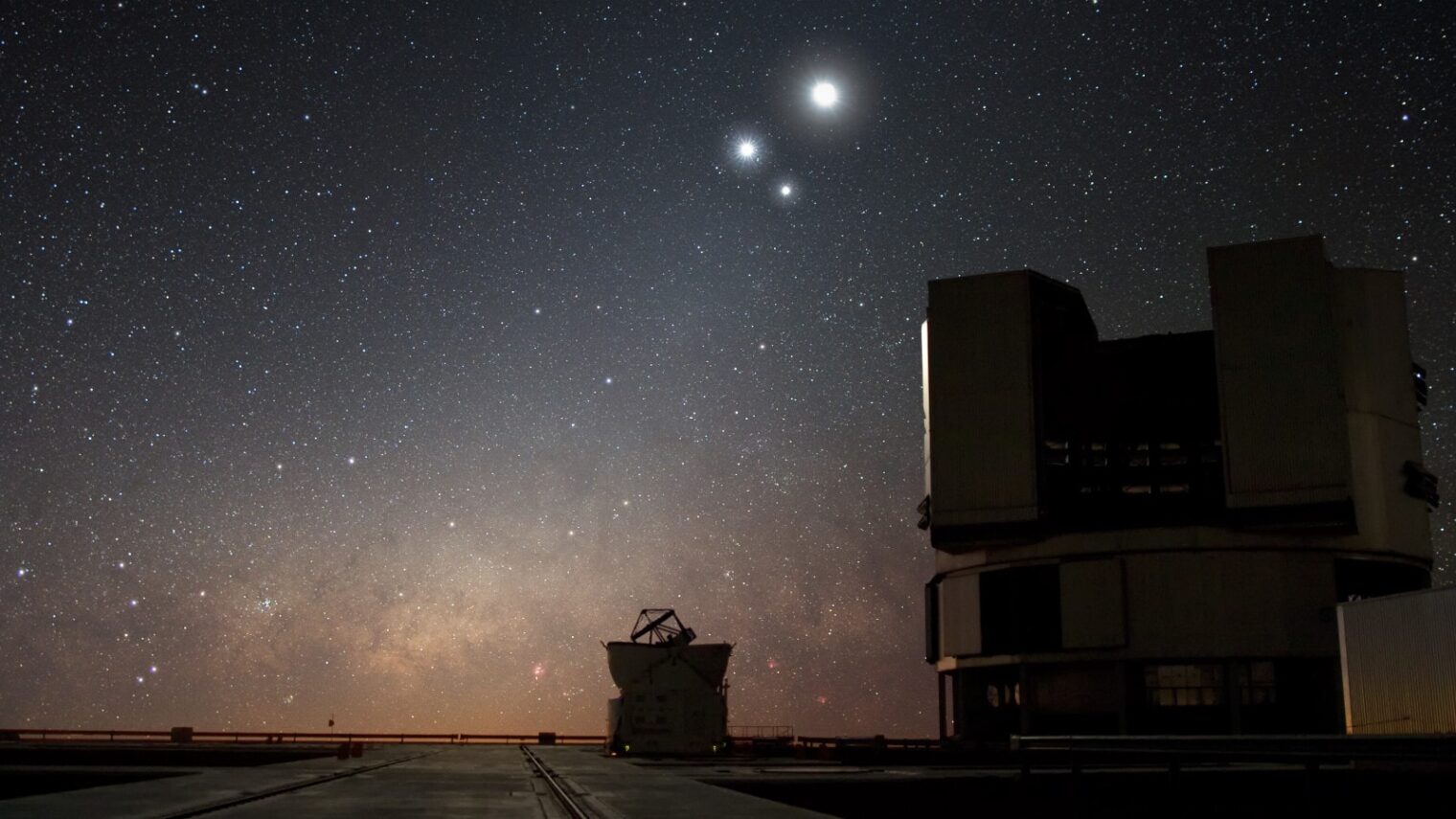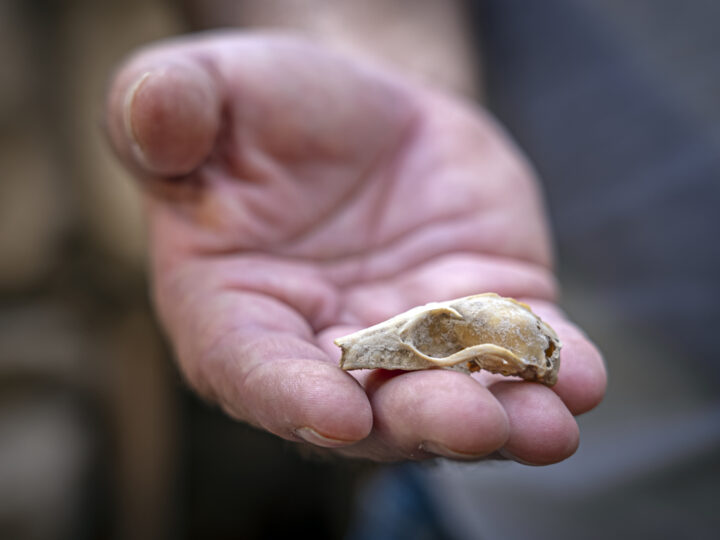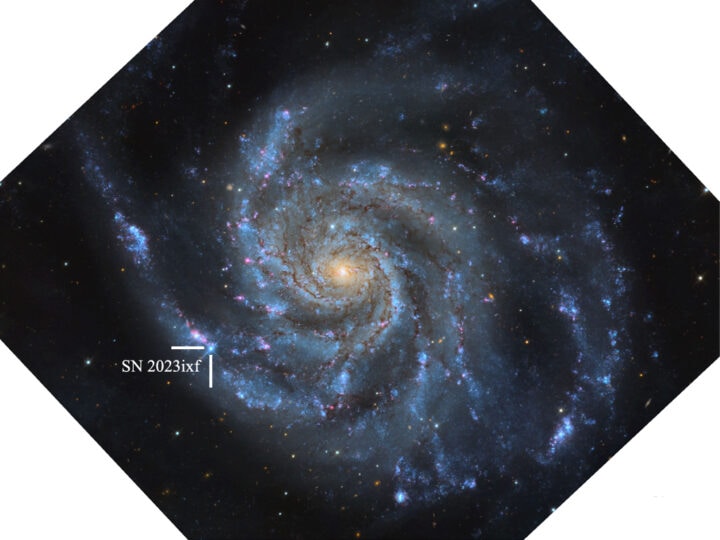A team of astronomers based in Israel say they now know for sure what happens when stars die.
It’s long been believed that a supernova – the huge explosion when a star reaches the end of its life – results in the formation of either a black hole or an ultra-heavy neutron star.
But experts at the Weizmann Institute of Science say they have, for the first time, been able to prove that’s the case.
Details of their research were published in Nature, the world’s leading multidisciplinary science journal.
They used the Very Large Telescope (VLT) in Chile’s Atacama Desert to observe a supernova known as SN2022jli, 75 million light-years away.
And they were able to establish a direct link between the supernova and what scientists call a “compact object.”
That’s a term that describes the remnants of a stellar explosion, or supernova. It could be a neutron star – an object so dense that a tablespoon of its material would weigh as much as Mount Everest – or a black hole, an even denser object from which nothing, not even light, can escape.
“Researchers have long believed that a compact remnant is produced at the center of a massive star explosion,” said Ping Chen, of Weizmann’s Particle Physics and Astrophysics Department.
“But a direct link between supernova explosions and newly formed compact objects has been elusive. In this work, we establish such a direct link.”

When massive stars die, they collapse under their own gravity, generating the biggest explosion known to man, compressing the entire mass of a giant star into a tiny space.
This particular supernova was observed in May 2022 by researchers at Weizmann, working with an international team of fellow astronomers.
It was a lucky break. Supernovae are rare, and you need to make sure that, in simple terms, your telescope is pointing in the right direction at the right time.
The VLT didn’t actually allow the astronomers to see the compact object directly, but they witnessed enough of the aftermath to know what had happened.
In the fallout from the explosion, they could see that a compact object was sucking up matter from the atmosphere of its companion star, which survived the blast and remained in the same orbit.
They still don’t know if the compact object is a black hole or a neutron star. But they could see the impact it was having.

“Our research was like solving a puzzle by gathering all possible evidence,” said Chen. “All these pieces lined up, leading to the truth.
“In this work, we observed a newly formed compact object and its companion. For the first time, we see how the newly formed neutron star or black hole interplays with its companion.”
The VLT is an array of four telescopes, each with an 8.2-meter mirror housed in an eight-story building and operated by the European Southern Observatory operated by 16 European governments.
Each telescope is capable of detecting an object four billion times fainter than the naked eye can perceive.
















